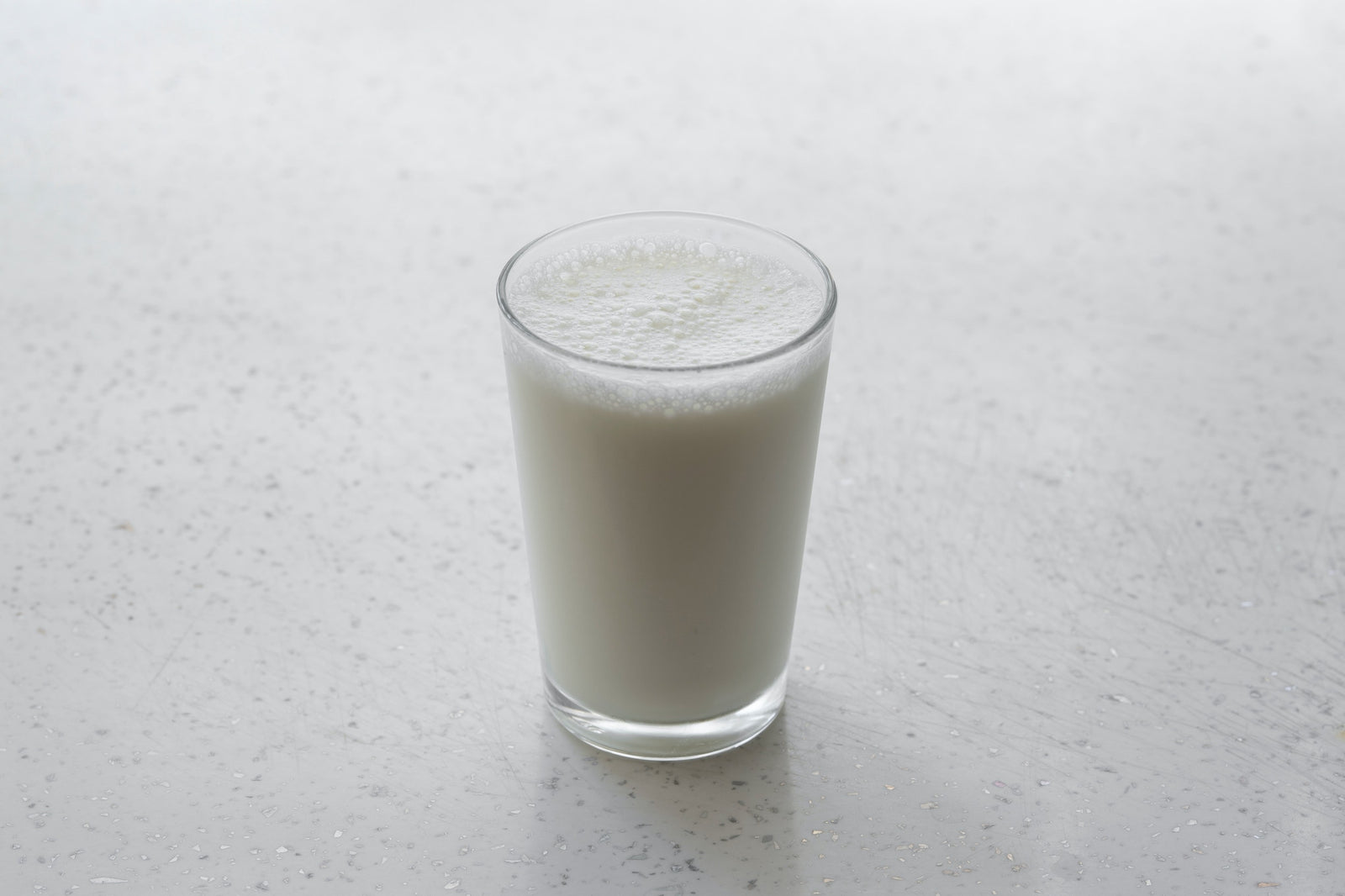If your stomach is waging war whenever you eat your favorite ice cream, or indulge on that cheese board, you could be lactose intolerant. Lactose intolerance simply means that your body is unable to digest the sugar lactose, because you don’t produce enough of the enzyme lactase. So, if you bloat like a hot air balloon when you have all things dairy, keep reading to understand lactose intolerance symptoms and their treatment.
What Is Lactose Intolerance
Lactose intolerance is highly prevalent, affecting nearly 75% of the world population. Lactose intolerance can cause digestive issues, when you eat dairy products, such as cheese, milk, ice cream, and yogurt. Caused by the inability to digest lactose, the main sugar in dairy, lactose can cause a host of symptoms including diarrhea, bloat, stomach cramps, and gas.
Lactose is what’s known as a disaccharide composed of two sugar molecules, glucose, and galactose. The enzyme lactase is needed to breakdown lactose into these two sugar molecules, so that it can be absorbed by your body and used as energy. Without sufficient lactase, lactose will move through your body undigested, causing digestive issues.
Lactose Intolerance Symptoms
If you’re lactose intolerant, the signs and symptoms will usually strike rather quickly, within 30 minutes of eating any products that contain lactose. Signs and symptoms may include
- Diarrhea
- Nausea
- Bloating
- Gas
- Stomach Cramps
Symptoms and severity rely upon the foods you eat, and how much of those foods you eat.
Lactose Intolerant Causes
There are three different types of lactose intolerance, which can cause lactose deficiency: primary, secondary, and congenital.
The most common type of lactose intolerance is primary. People who develop primary lactose intolerance, are born producing lactase, however as you age and replace milk with other foods, your ability to digest lactose significantly drops.
Secondary lactose intolerance is a result of illness, injury or surgery involving your small intestine, resulting in decreased lactase production, while congenital lactose intolerance is inherited through recessive genes, causing a lack of lactase production.
Lactose Intolerance Diagnosis
If a lactose intolerance is suspected, your primary care or family physician will administer a test with a lactose-rich liquid. They will then test your blood glucose levels over a 2-hour period. If you don’t produce enough glucose, you’ll be unable to digest the lactose in the formula you were given.
Another lactose intolerance test involves a breath test where you’ll breathe into a tube and your breath will be tested based on the hydrogen levels present. If you have more hydrogen in your expended air, after drinking the lactose-rich beverage, then the test can rule that you have an intolerance. The higher the level, of course, the higher the sensitivity.
RELATED ARTICLE What Is Lactose Intolerance And Can You Self-Diagnose
Lactose Intolerance Treatment
The easiest and most effective way to treat lactose intolerance, yup, you guessed it – stop eating foods with lactose. Eliminating foods with dairy, or at least identifying the foods that produce the most severe symptoms and minimizing them is a good place to start. The only way to do that, is simply through trial and error. Minimize the variables and test one food at a time. You’ll quickly find which foods produce the worst symptoms. If you find that all dairy products produce the same result, and you can’t imagine a world without cheese, you can supplement your diet with the lactase enzyme. Lactase is easily tolerated and is available in tablet, capsule, or liquid form. Just pop some lactase, eat the gouda, and enjoy.
The other obvious choice is food substitution. You can get away with dairy alternatives such as plant-based ice cream, lactose free milk, and butter alternatives, without too much sacrifice. The only dairy-based product, that just isn’t the same however – cheese. When someone makes a good vegan cheese alternative, we’ll let you know. But for now, you’ll need a bottle of lactase nearby if you’re planning on pizza.
Lactose Intolerance: Takeaway
Unfortunately, there is no treatment that can promote your body to produce more lactase. But you can manage your symptoms by making some small changes to your diet, such as food alternatives, minimizing lactose foods, or taking a lactase supplement. Either way, lactose intolerance can produce some unpleasant symptoms, for you and anyone around you.
Need Help With Optimizing Your Diet And Nutrition Plan To Finally Get The Results You've Been Waiting For?
SWOLVERINE IS AN ENDURANCE ATHLETE AND ACTIVE LIFESTYLE BRAND. MADE FOR THE ELITE ATHLETE, AND THE STRONG-WILLED OUR PRODUCTS WERE DESIGNED TO FUEL YOUR ATHLETIC PERFORMANCE. WE PERFORM WHEN YOU PERFORM.
We believe that everyone can optimize not only their athletic performance but their human potential. The way we believe we can optimize performance is through transparency, clinically effective doses, and clinically proven ingredients with evidence-based outcomes. We provide the nutrients you need to power your active lifestyle.
Find similar articles:
Nutrition







